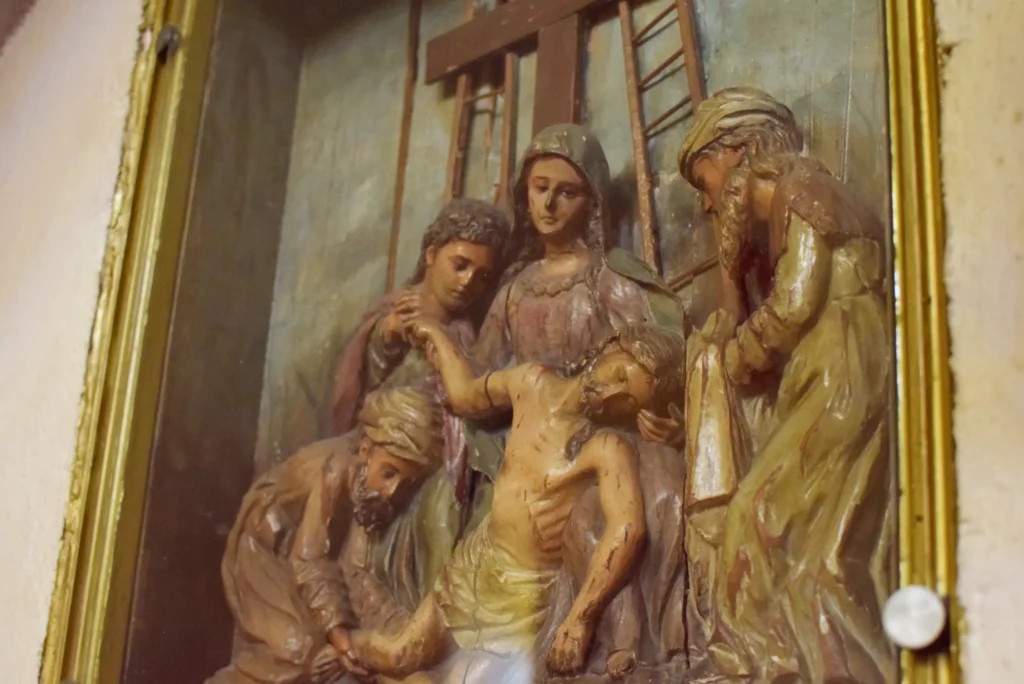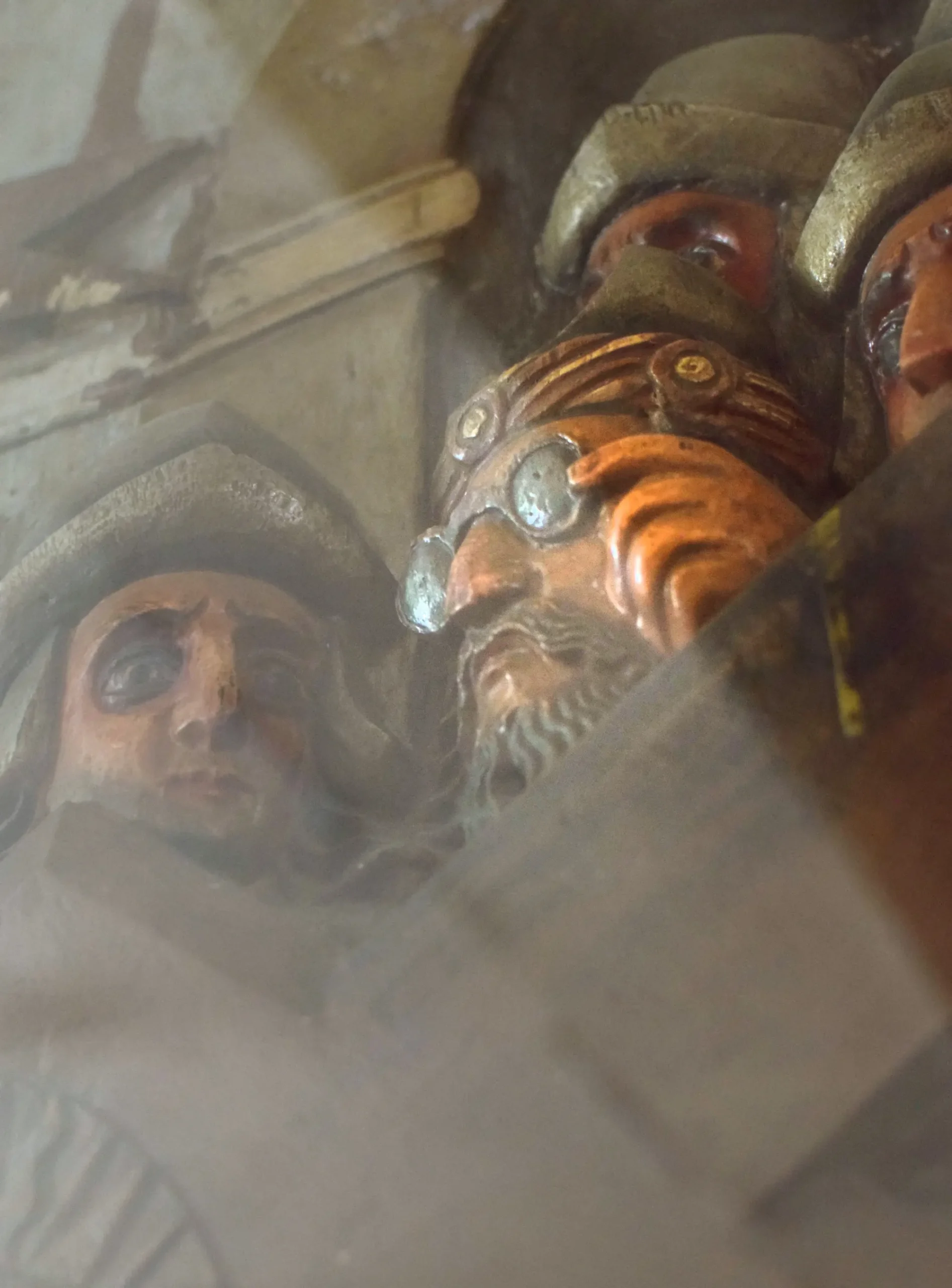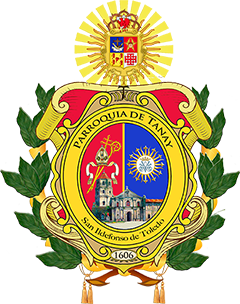THE WAY OF THE CROSS: THE UNIQUE STATIONS OF THE CROSS INSIDE THE CHURCH

The Station of the Cross is one of the most popular Catholic devotions. It is carried out by the passing from station to station with certain prayers at each and devout meditation on the various incidents in turn. A stanza of the “Stabat Mater” is sung while passing from one station to the next.
The Via Crucis inside the Tanay church is revered for its uniqueness. A National Artist for Literature, Nick Joaquin, characterized it as “the most wonderful Via Crucis stations in the Philippines.” It stands out because the images seem to resemble the locals for its Malay look-short limbs and round eyes, instead of the Spanish mestizo. These stations were said to have been carved by a local craftsman who had no formal training in sculpture but was able to finish the 12 original stations out of devotion. Stations 13 and 14 are distinct because they were added later on to adhere to the prescribed number of stations. Joaquin wrote that the last two stations were made by copying a European model.
These stations were said to be made from the wood of the same tree. The images were carved after the wood was already installed in the walls.
Some elements in the Via Crucis are localized. In the first station, a servant boy of Pilate holds what looks like a clay pot, or “palayok” that the governor used in washing his hands. A “tambuli,” a musical instrument made of carabao horn can be seen in seven stations.
Aside from the “indigenized” version of the first 12 images due to the proportion and perspective of the characters, another mystery is the appearance of “sunglasses” in the seventh station. A high priest, Caiphas, is seen to be covering his eyes with sunglasses, which, did not appear until the late 18th century.
Suffice it to say, the Via Crucis inside the church of San Ildefonso de Toledo in Tanay, represents an ingenous Filipino work of art, with a European touch.




